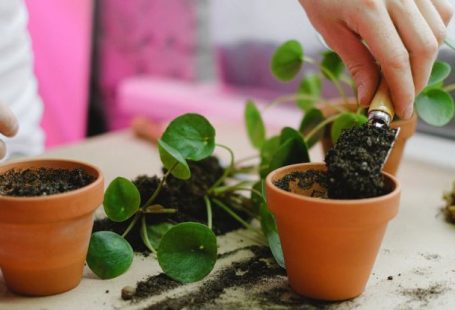Planting your very own vegetable garden can be a rewarding and fulfilling experience, especially for beginners who are just starting out on their gardening journey. With proper planning and a little bit of know-how, you can create a thriving vegetable garden right in your backyard. In this guide, we will explore the essential steps to help you plan and set up your vegetable garden successfully.
Choosing the Right Location
The first step in planning your vegetable garden is selecting the right location. Vegetables need ample sunlight to grow, so it is crucial to choose a spot in your garden that receives at least 6-8 hours of sunlight each day. Additionally, make sure the location has access to water for irrigation and is well-drained to prevent waterlogging, which can lead to root rot.
Decide on the Garden Layout
Once you have chosen the location for your vegetable garden, it is time to decide on the layout. Consider the size of your garden space and the types of vegetables you want to grow. You can opt for traditional row planting, raised beds, or even container gardening if space is limited. Planning out the layout in advance will help you make the most of your available space and ensure that your vegetables have enough room to grow.
Selecting the Right Vegetables
When planning your vegetable garden, it is essential to choose the right vegetables based on your climate, soil type, and available space. Consider starting with easy-to-grow vegetables such as tomatoes, cucumbers, peppers, and lettuce, which are perfect for beginners. Make sure to read the seed packets or plant tags to understand the specific requirements of each vegetable, including spacing, sunlight, and watering needs.
Preparing the Soil
Healthy soil is the foundation of a successful vegetable garden. Before planting, take the time to prepare your soil by adding organic matter such as compost or aged manure to improve its fertility and structure. You can also perform a soil test to determine the pH level and nutrient content of your soil, allowing you to make any necessary adjustments before planting.
Planting and Maintenance
Once your soil is prepared, it is time to start planting your vegetables. Follow the instructions on the seed packets or plant tags for proper spacing and planting depth. Water your plants regularly, especially during hot weather, and mulch around them to retain moisture and suppress weeds. Keep an eye out for pests and diseases, and address any issues promptly to ensure the health and productivity of your vegetable garden.
Harvesting and Enjoying Your Produce
As your vegetables begin to mature, it is time to start harvesting and enjoying the fruits of your labor. Harvest your vegetables when they are ripe to ensure the best flavor and quality. Remember to harvest regularly to encourage continued production throughout the growing season. Get creative in the kitchen with your homegrown produce and enjoy the satisfaction of knowing that you grew your own food.
Final Thoughts
Planning a vegetable garden for beginners may seem daunting at first, but with the right guidance and a little bit of patience, you can create a thriving garden that provides you with fresh, healthy produce all season long. By choosing the right location, selecting the right vegetables, preparing the soil, and following proper planting and maintenance practices, you can set yourself up for a successful gardening experience. So roll up your sleeves, get your hands dirty, and start planning your vegetable garden today!





